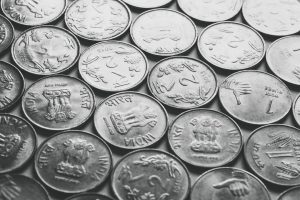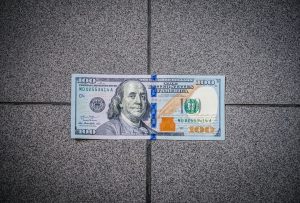The foreign exchange market, also known as the forex market, is a decentralized global market where currencies are traded 24 hours a day, five days a week. It is the largest and most liquid market in the world, with an estimated daily trading volume of over $5 trillion. In this article, we will explore how the forex market moves on a day time frame.
The forex market moves on a day time frame based on a variety of factors, including economic data releases, geopolitical events, and market sentiment. Economic data releases, such as employment figures, inflation data, and gross domestic product (GDP) reports, can greatly affect the value of a currency. For example, if the employment figures for a country are better than expected, the value of its currency is likely to increase as investors see the country’s economy as strong and stable. Conversely, if the employment figures are worse than expected, the currency is likely to decrease in value.
Geopolitical events can also impact the forex market. For example, if there is political instability or unrest in a country, investors may become more risk-averse and move their funds to safer currencies, such as the US dollar. Similarly, if there is a trade dispute between two countries, their currencies may be negatively affected as investors become uncertain about the future of their economies.
Market sentiment is also a key factor in how the forex market moves on a day time frame. Market sentiment refers to the overall attitude of investors towards a particular currency or the market as a whole. If investors are optimistic about the future of a currency, its value is likely to increase. On the other hand, if investors are pessimistic, the currency is likely to decrease in value.
To understand how the forex market moves on a day time frame, it is important to consider the different trading sessions that occur throughout the day. The forex market is open 24 hours a day, but different trading sessions occur at different times. The three main trading sessions are the Asian session, the European session, and the US session.
The Asian session starts at around 8 pm EST and ends at 4 am EST. This session is dominated by the Japanese yen, as well as currencies from other Asian countries such as China, Australia, and New Zealand. The European session starts at around 3 am EST and ends at 11 am EST. This session is dominated by the euro, as well as currencies from other European countries such as the British pound and the Swiss franc. The US session starts at around 8 am EST and ends at 4 pm EST. This session is dominated by the US dollar.
The forex market moves on a day time frame based on a variety of technical indicators, including support and resistance levels, trend lines, and moving averages. Support and resistance levels are price levels where the market has previously found support or resistance. These levels can act as barriers to price movement, with prices likely to bounce off these levels. Trend lines are lines drawn on a chart to show the direction of the market’s trend. Moving averages are used to smooth out price fluctuations and show the average price over a certain period of time.
In conclusion, the forex market moves on a day time frame based on a variety of factors, including economic data releases, geopolitical events, and market sentiment. To understand how the forex market moves on a day time frame, it is important to consider the different trading sessions that occur throughout the day as well as technical indicators such as support and resistance levels, trend lines, and moving averages. By keeping these factors in mind, traders can make informed decisions in the forex market.






